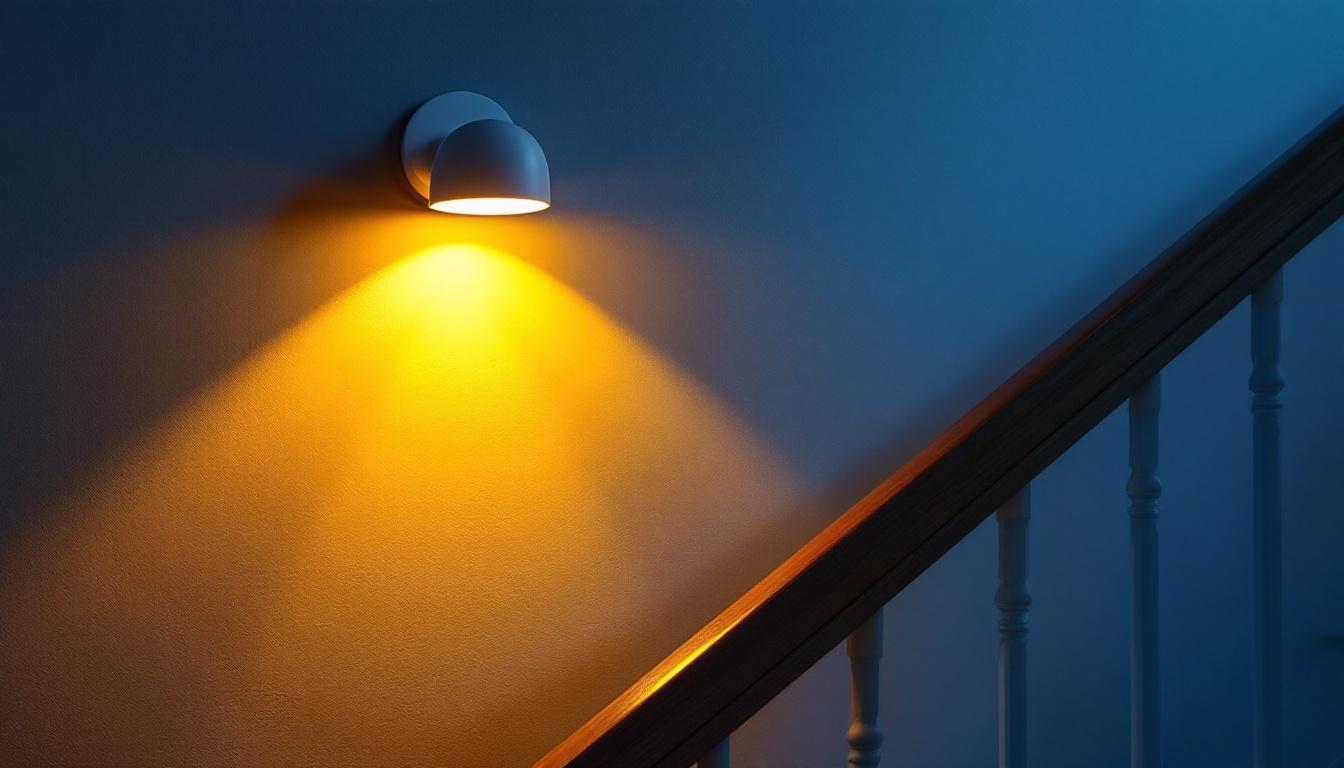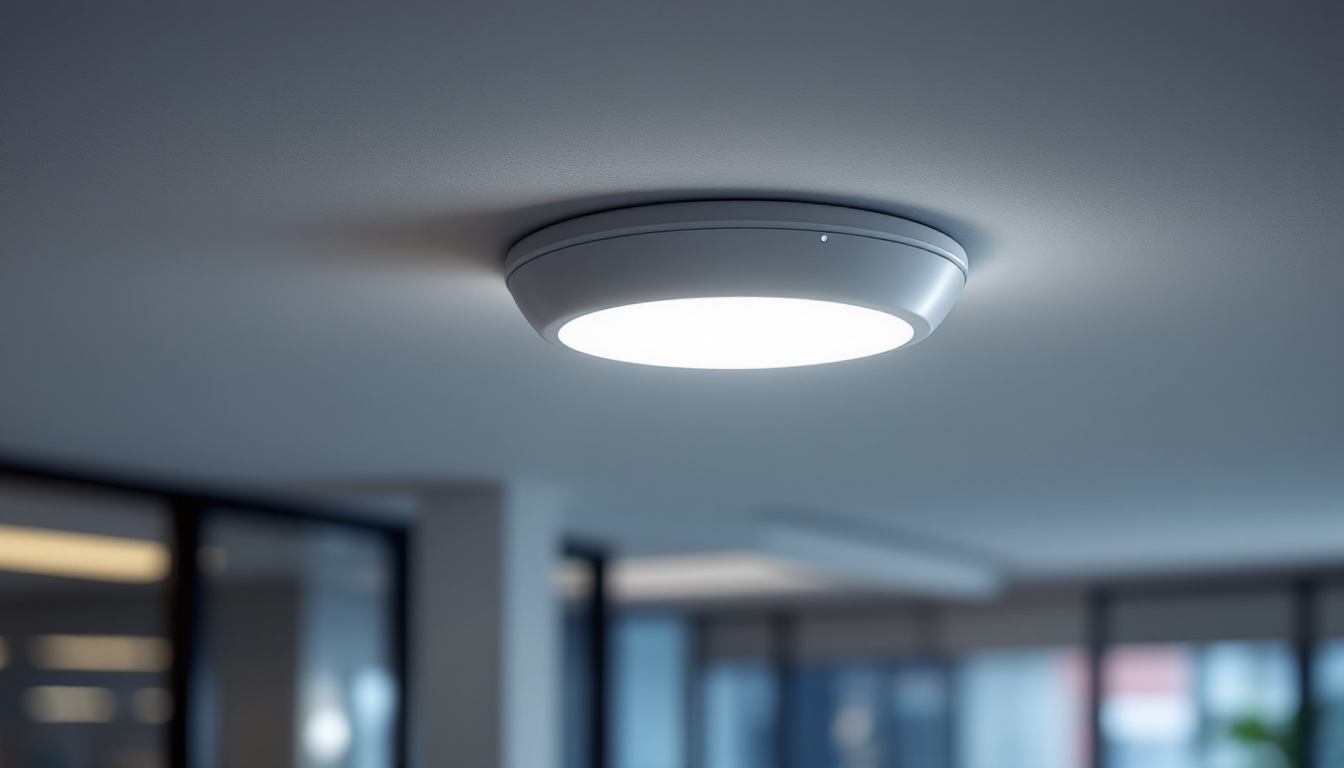
Lighting professionals understand that the right light bulb can make all the difference in a project. From residential homes to commercial spaces, selecting the appropriate bulb not only enhances the aesthetic appeal but also ensures energy efficiency and longevity. This article serves as a comprehensive checklist for lighting professionals, providing essential criteria to consider when choosing good light bulbs.
Before diving into the specifics of what makes a good light bulb, it’s crucial to understand the various types available in the market. Each type has its unique characteristics, advantages, and disadvantages that can influence the final decision.
Incandescent bulbs have been a staple in lighting for decades. They provide a warm, inviting glow that many find appealing. However, their energy efficiency is relatively low compared to newer technologies. When considering incandescent bulbs, it’s important to note their wattage and lumens output, as well as their lifespan, which typically ranges from 750 to 2,000 hours. Additionally, the warm light produced by incandescent bulbs is often favored in residential settings, particularly in living rooms and bedrooms, where ambiance is key. Despite their declining popularity due to energy regulations, they remain a nostalgic choice for many, often found in vintage-style fixtures that enhance the aesthetic of a space.
CFLs are more energy-efficient than incandescent bulbs and have a longer lifespan, usually lasting up to 10,000 hours. They emit less heat, making them a safer option for enclosed fixtures. However, CFLs can take a moment to reach their full brightness and may not be suitable for all applications, particularly in spaces requiring immediate light. Furthermore, while CFLs are a step forward in energy conservation, they contain a small amount of mercury, which necessitates careful disposal. This environmental consideration has led to a growing preference for LED alternatives, but CFLs still find their place in many households due to their cost-effectiveness and availability in various shapes and sizes.
LEDs represent the cutting edge of lighting technology. They are highly energy-efficient, have a lifespan of up to 25,000 hours, and come in a variety of color temperatures. When selecting LEDs, consider their Color Rendering Index (CRI), which measures how accurately they reproduce colors compared to natural light. A higher CRI is preferable for environments where color accuracy is essential. In addition to their efficiency, LEDs are also versatile; they can be dimmed, used in smart home systems, and are available in an array of designs, from traditional bulb shapes to sleek, modern fixtures. Their durability also sets them apart, as they are less prone to breakage compared to fragile incandescent and CFL options. As technology advances, the price of LEDs continues to decrease, making them an increasingly attractive option for both residential and commercial applications.
Once the type of bulb is determined, professionals should focus on specific features that can impact performance and suitability for a given project. Here are some critical factors to keep in mind.
Lumens measure the amount of light produced by a bulb, while wattage indicates the energy consumption. It’s essential to choose bulbs that provide adequate lumens for the intended space without excessive wattage. For example, a 60-watt incandescent bulb produces about 800 lumens, while an LED bulb can achieve the same brightness using only 10-12 watts. This significant difference in energy consumption not only reduces electricity bills but also contributes to a lower carbon footprint, making LED bulbs a more sustainable choice. Additionally, when planning lighting for different areas, consider the height of the ceiling and the color of the walls, as these factors can influence how light is perceived and distributed throughout the space.
Color temperature, measured in Kelvin (K), affects the ambiance of a space. Lower Kelvin values (around 2700K) produce a warm, cozy light, ideal for living areas. In contrast, higher values (5000K and above) yield a cooler, more clinical light, suitable for workspaces. Understanding the desired atmosphere is crucial for selecting the right color temperature. For instance, restaurants often employ warmer tones to create an inviting atmosphere, while offices might opt for cooler tones to enhance focus and productivity. It’s also worth noting that some modern bulbs offer adjustable color temperatures, allowing users to customize the lighting to suit different activities or times of day, providing versatility in lighting design.
Energy efficiency is a significant consideration in today’s environmentally conscious market. Look for bulbs with Energy Star ratings or other certifications that indicate superior performance. These ratings not only reflect energy savings but often correlate with longer lifespans, ultimately providing better value over time. Furthermore, energy-efficient bulbs tend to produce less heat, which can be particularly beneficial in reducing cooling costs during warmer months. As technology advances, smart lighting solutions are also becoming increasingly popular, allowing users to control their lighting remotely and optimize energy usage even further. This integration of technology not only enhances convenience but also aligns with sustainable practices, making it a worthwhile consideration for modern lighting projects.
Different environments and applications require tailored lighting solutions. Understanding the specific needs of each project can guide professionals in their bulb selection.
In residential settings, the focus is often on creating a comfortable and inviting atmosphere. Warm white LEDs or incandescent bulbs are popular choices for living rooms and bedrooms, while brighter, cooler lights may be preferred in kitchens and bathrooms. Dimmers can also enhance versatility, allowing homeowners to adjust brightness according to their needs. Furthermore, the use of smart lighting systems has gained traction, enabling homeowners to control their lighting remotely or set schedules that align with their daily routines. This technology not only adds convenience but can also improve energy efficiency by ensuring lights are only on when needed.
Commercial spaces often demand more robust lighting solutions. Factors such as foot traffic, the nature of the business, and energy costs play a significant role in bulb selection. For instance, retail environments benefit from high CRI bulbs that make products appear more vibrant, while offices may prioritize energy efficiency and longevity to reduce operational costs. Additionally, the integration of natural light through skylights or large windows can enhance the ambiance and reduce reliance on artificial lighting during daylight hours. Businesses are increasingly recognizing the importance of lighting design not only for functionality but also for influencing customer behavior and employee productivity.
Outdoor lighting presents unique challenges, including exposure to weather conditions and the need for enhanced visibility. Weather-resistant LED bulbs are ideal for outdoor fixtures, providing durability and energy efficiency. Additionally, motion sensors and timers can optimize energy use while ensuring safety and security. Landscape lighting, such as path lights and accent lights, can also transform outdoor spaces, highlighting architectural features and creating a welcoming environment for guests. Moreover, advancements in solar-powered lighting solutions are becoming increasingly popular, offering an eco-friendly alternative that harnesses renewable energy, thus reducing electricity costs and promoting sustainability.
As sustainability becomes increasingly important, lighting professionals must consider the environmental impact of their choices. Selecting energy-efficient bulbs not only reduces energy consumption but also minimizes waste.
Many lighting products, particularly LEDs, are designed to be more environmentally friendly. When selecting bulbs, consider those that are recyclable or made from sustainable materials. This not only contributes to a greener planet but also appeals to eco-conscious clients.
While the initial investment in energy-efficient bulbs may be higher, the long-term savings on energy bills and replacement costs can be significant. Educating clients about these benefits can help justify the choice of more sustainable options, ultimately leading to greater satisfaction and loyalty.
Safety should always be a top priority when selecting light bulbs. Understanding the potential hazards associated with different types of bulbs can help prevent accidents and ensure compliance with safety standards.
Some bulbs, particularly incandescent and halogen types, emit a considerable amount of heat. This can pose a fire risk, especially in enclosed fixtures. When selecting bulbs, consider their heat output and ensure that fixtures are rated for the type of bulb being used.
Certain types of bulbs, such as some fluorescent and halogen lights, can emit UV radiation. While this is generally not a concern for most applications, it may be relevant in settings where individuals are exposed for extended periods, such as in salons or art galleries. Opting for bulbs with low UV emissions can mitigate these risks.
Not all light bulbs are created equal, and quality can vary significantly between manufacturers. Implementing a testing protocol can help ensure that the selected bulbs meet performance expectations.
Before recommending bulbs to clients, conducting performance tests can provide valuable insights into their longevity, brightness consistency, and energy consumption. This can involve monitoring the bulbs over time in real-world conditions to assess their performance against manufacturer claims.
Choosing bulbs from reputable manufacturers can significantly reduce the risk of poor-quality products. Researching brands and reading reviews can help identify reliable options that offer warranties and customer support, ensuring peace of mind for both professionals and clients.
In the ever-evolving world of lighting, professionals must stay informed about the latest technologies and trends to provide the best solutions for their clients. By following this essential checklist, lighting professionals can make informed decisions that enhance the quality and efficiency of their projects.
From understanding different bulb types to considering application-specific needs and environmental impacts, each aspect plays a crucial role in selecting the right light bulbs. Ultimately, the goal is to create spaces that are not only visually appealing but also safe, sustainable, and energy-efficient.
By prioritizing these factors, lighting professionals can elevate their work, ensuring that they meet the diverse needs of their clients while contributing positively to the environment.
Ready to bring your lighting projects to life while maximizing value and efficiency? Look no further than LumenWholesale. Our extensive range of spec-grade lighting products is designed to meet the needs of the most discerning lighting professionals. With unbeatable wholesale prices and the convenience of free shipping on bulk orders, you can trust us to provide the quality and affordability you require. Elevate your lighting solutions today by visiting Wholesale Lighting at the Best Value and discover how we can help you shine brighter with every project.

Illuminate your stairwell projects with precision using our comprehensive checklist tailored for lighting contractors.

Discover the importance of T8 4 bulb ballasts for lighting contractors in this insightful article.

Discover how ceiling mount occupancy sensors are revolutionizing the lighting industry by enhancing energy efficiency, reducing costs, and improving user convenience.

Discover how lighting contractors can enhance their projects and boost client satisfaction with expertly installed exterior wall sconce lights.